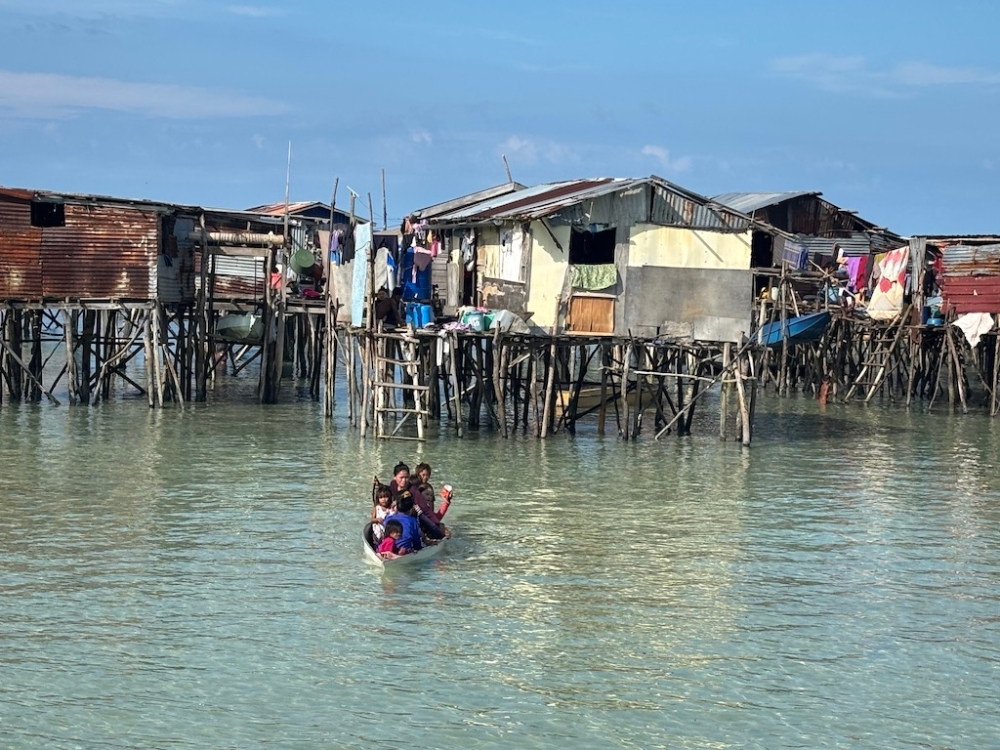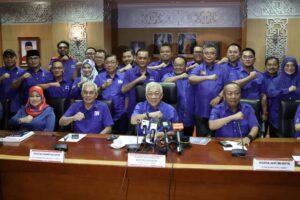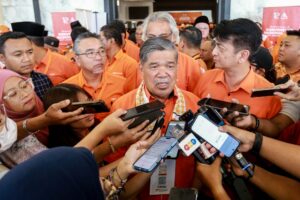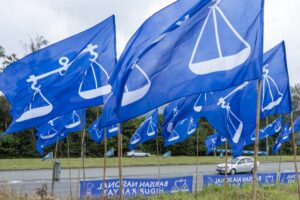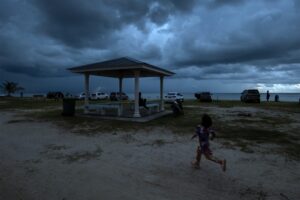SEMPORNA, July 17 — On the sparkling waters off Sabah’s east coast, tourism is thriving as nearly 2,000 mostly Chinese tourists and divers flock to the picturesque islands around Semporna every day for the insta-worthy white sand beaches, water bungalows over turquoise seas and teeming marine life.
But for the resident Bajau Laut, Semporna’s famed sea nomads, the reality beneath the glittering tourism ads is far less idyllic.
Despite being cultural icons of the Sulu and Sulawesi seas, they are shunned and stateless, living in fragile stilt homes or boats anchored off the islands, tolerated more than accepted.
Their unique underwater skills and traditions are a potential tourism boon, and opportunities are all around them, but without documents and rights, they can only participate from the very fringes.
Malaysia, and most Malaysians, does not recognise them as anything other than “Filipinos” and often refer to them derogatorily as “Pala’uh”. They have little to no chances of earning citizenship despite having settled around Sabah’s east coast for generations now.
The Bajau Laut are permanent fixes of the region, having roamed around on their house boats for hundreds of years, living off the sea, before boundaries between Malaysia, Philippines and Indonesia was drawn.
When countries began to form, the Bajau Laut, in their nomadic existence, fell through the cracks, going everywhere but belonging nowhere but the sea.
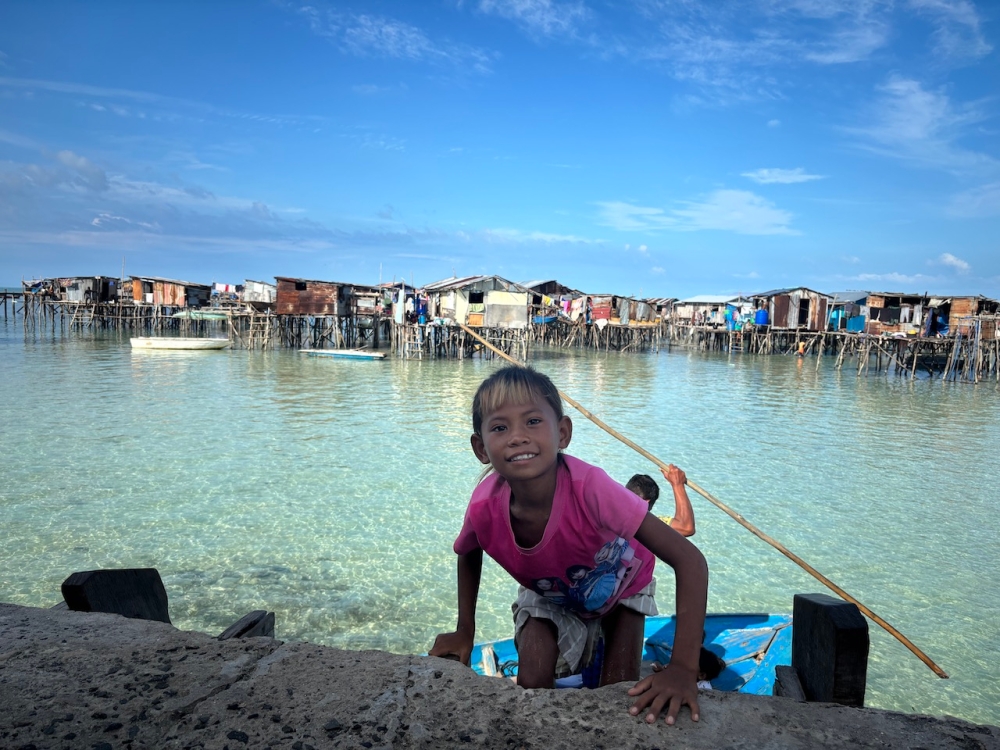
The Bajau Laut, sometimes known as Pala’uh, are human icons of the Sulu Sulawesi sea, but live with no connection to any connection, shunned by both Malaysia and the Philippines. — Picture by Julia Chan
Still just carving out a living
The cluster of islands around Semporna are the reason why the coastal town is moving beyond their “cowboy” reputation over the past decade, attracting the young Chinese crowds to what is being marketed as the “Maldives of Malaysia”.
Islands like Bohey Dulang, Pom Pom, Sibuan and Mataking offer private water villas and yacht tours while others like Omadal, Selakan, Kalapuan and Dinawan still feature heartbreakingly impoverished families who tell time and dine by the sun and the moon. The disconnect is startling.
And while locals can take advantage of the tourism boom — setting up accommodations, eateries of any kind, souvenir shops and tourist facilities — the Bajau Laut, without means of formal business, still have to carve out their living with underpaid menial work.
They are easy to exploit: tour guides take them on “cultural tours” to photograph their twinkling eyes and dazzling smiles amidst their ramshackle huts, chucking them food and change in return, and business owners pay them a pittance in return for their catch of the day.
“They can get work in restaurants, as dishwashers or general workers but they are underpaid because they have no documentation. So they are used to doing the ‘dirty work’, wash dishes, carry rubbish, do laundry…,” said Bakir Sadung, a local undocumented Bajau Laut.
Bakir hails from the island of Omadal, where he says 90 per cent of the people are undocumented. Without documents, he did not attend school as a child, but he was one of the lucky ones who made friends with a local businessman and got a job at a tourism company as a snorkel guide.
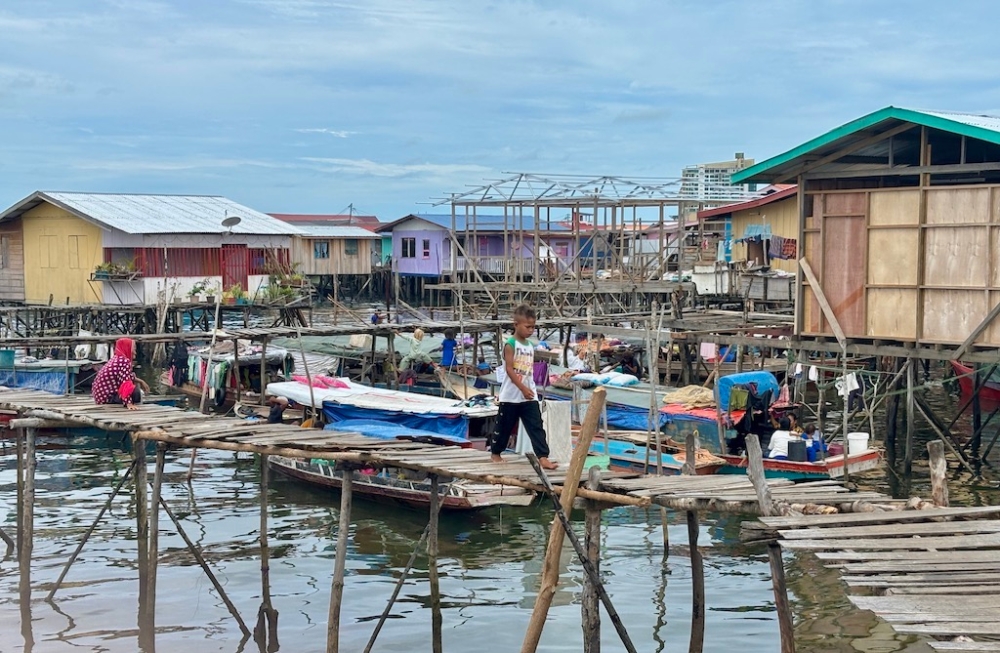
The Bajau Laut community has mostly transitioned to building their houses on stilts on the water, but some still live on houseboats. — Picture by Julia Chan
Bakir learned how to speak Sabahan Malay from a neighbour when he was a kid led to more opportunities.
He is still somewhat illiterate but he says he is able to get by with an understanding boss and colleagues.
He said that most of the other people in his community did more “gig” jobs by catching local seafood that was in demand and selling them to seafood restaurants.
Duli, a 19-year-old Bajau Laut, was walking along the jetty in Semporna holding pails carrying small lobsters in the evening.
“RM20 a kg, very delicious,” he says in fluent Mandarin, to the Chinese tourists walking past. He manages to catch some interest and bargaining ensues with the tourists.
He shrugs nonchalantly and smiles shyly when asked how he learnt to speak Mandarin.
“Its not easy to make a living. You do what you have to do,” he said.
It is a life that they can get by with but not one which carries much future, especially for the hundreds of stateless children wandering around Semporna.
Ten-year-old Mat, walks around Semporna during the day wearing a football jersey emblazoned with “Messi” on its back, looking for any opportunities. He sees a tourist looking lost and asks them what they are looking for.
They show him their phone where there are photos of local delicacies and asks him where to find them.
Mat and a younger friend are soon acting as a local guide for the tourists, bringing them to the local seafood market and then to find souvenirs. For their hours’ worth of initiative and effort, they were paid with fried chicken on rice. Sometimes, they are given money.
Their friends also roam around the town, helping with anything from looking for parking space to carrying their plastic bags.
Shopkeepers around the town also give them biscuits and snacks, saying that they deserve to eat.
The alternative is sniffing glue to stave away hunger, a sight that is also common around the town.
When asked why they were not in school, Mat shrugs and says, ”No IC”.
Small beacons of hope
A few minutes from Semporna town sits the huge water village of Bangau-Bangau, where a mix of Bajau Laut, Palauh, Ubian, and Bajau Sama all co-exist, in organised chaos.
“Although they are living in the same neighbourhood, there is still some discrimination against the Bajau Laut who live here. Those that have MyKads are on a higher social strata. Those that do not, but have more roots on land, can speak Malay and have jobs are better. The lowest are the ‘boat people’, they call them Pala’uh.
“They’re seen as dirty, useless glue sniffers, not Malaysian,” said Hairul, a local guide from Semporna.
“People say they smell, they look different, dress differently, don’t speak good Malay… they are not as welcome, and most keep to themselves. It’s been normalised for generations, and they are used to it,” he said.
There are groups of people recognising the Bajau Laut’s conditions was no fault of their own and are working hard over the last decade to change this perception, and hopefully, change their future along the way.
Grassroot movements like youth-driven Borneo Komrad and Iskul Sama Dilaut Omadal envision a different future for the Bajau Laut and have been trying to empower them through education, skills, and awareness for the last 10 years.
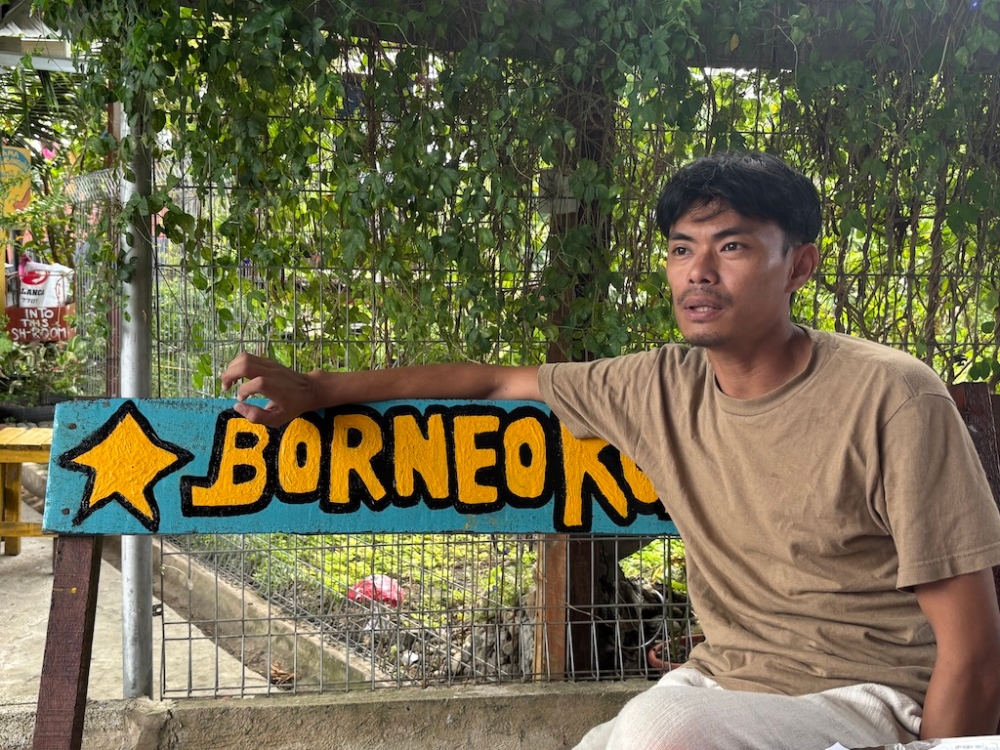
An educator at Borneo Komrad and passionate advocate for the Bajau Laut children, he said that they have been ignored for far too long. — Picture by Julia Chan
Both run literacy schools for children and just as importantly, also teach life skills, providing a safe community space. The schools have been running since 2015 on private grants and funding.
Though often operating in legal grey areas, they have supported dozens of Bajau Laut students through literacy with some studying writing, art, agriculture, sewing, visual product development and even meditation — “Anything we know how to do”.
“At university alternative, we teach them to be confident, to own their identity and speak up. They learn to advocate for themselves, and to lead their community,” said Azahar Usman, better known as Cikgu Ajjak, an educator and community organiser for Bajau Laut youths at Borneo Komrad.
The work can be rewarding, but it is frustrating — there are no official provisions for stateless schools, and any attempt at formalisation is seen as political. Their open advocacy has gotten them into trouble — having their bank account frozen and operations shut.
“In ten years, we’ve always had interference. Still, we believe the government must take responsibility for this. These are our people,” he said.
Cikgu Ajjak said the job came with a caveat, “We were told it would be a great learning experience working here. The only condition is — you have to be okay with the possibility of getting arrested,” he said wryly.
Iskul Sama Dilaut Omadal, the school sits just across from the Bajau Laut settlement on Omadal island, they are separated only by some ten metres of shallow waters but the difference in standard of living is stark.
Co-founder Chuah Ee Chia said the school’s growth — from teaching a handful of children on the sidewalk to now having its own waterfront house — has been a long journey.
Along the way they have been evicted, told to shut down, had problems with authorities as well as the local community.
“We now have a conducive environment nearest to Bajau Laut settlement. We have a health clinic and better rapport with the people.
“Our first year students are now teachers. This was something that was so unlikely before. Bilqin speaks fluent Sabah Malay now. Essentially, we managed to build some bridges between the Bajau Laut and the people.
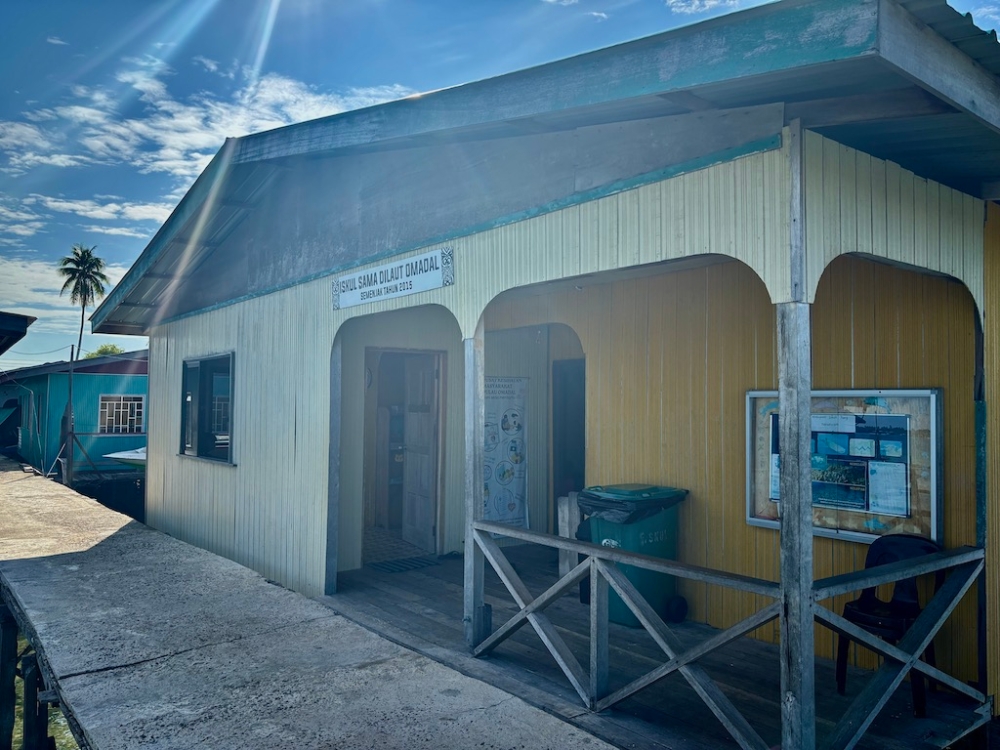
On Omadal Island, a school dedicated to the future of Bajau Laut children stands. — Picture by Julia Chan
“They sometimes act as the middle man or translators with the people, the government.. when they go to hospitals or when we try to get them documents… they were also present during the demolition exercises when the authorities came,” said Ee Chia.
“But it’s still a work in progress to change the perception of the government and the people and close the gap between the stateless and Malaysian Bajau Laut,” she said, adding that the immediate next step was to get the school legally recognised as a private school.
Advocates like Cikgu Ajjak and Ee Chia know that although education will go a long way in improving the lives of the next generation of Bajau Laut, their future is still far from secure with the lack of legal status.
“It means being trapped in a cycle of poverty, unable to access healthcare, schooling, or formal jobs. Always at the mercy of the authorities, at the governments’ of the days’ whim.
“It’s not just about getting citizenship. It’s about dignity,” said Cikgu Ajjak. “They want to be part of Malaysia. They want recognition. But the system is against them,” he said.
Still, signs of hope emerge in every corner of the islands — Duli and his friends learning a new language, Mat and his friendly approach, Aidil, a 20-year-old learning how to cut hair and shave at his neighbourhood barber, and Sue, a Bajau Laut learning the art of tie-dyeing hand sewn cloth bags for sale.
Beneath the surface of marginalisation, the new generation is looking for ways to do more than just survive. But until the system — or political will — starts to see them, the Bajau Laut remain on the outside looking in — Malaysians in all but name, waiting for the rest of the country to see them as equals.
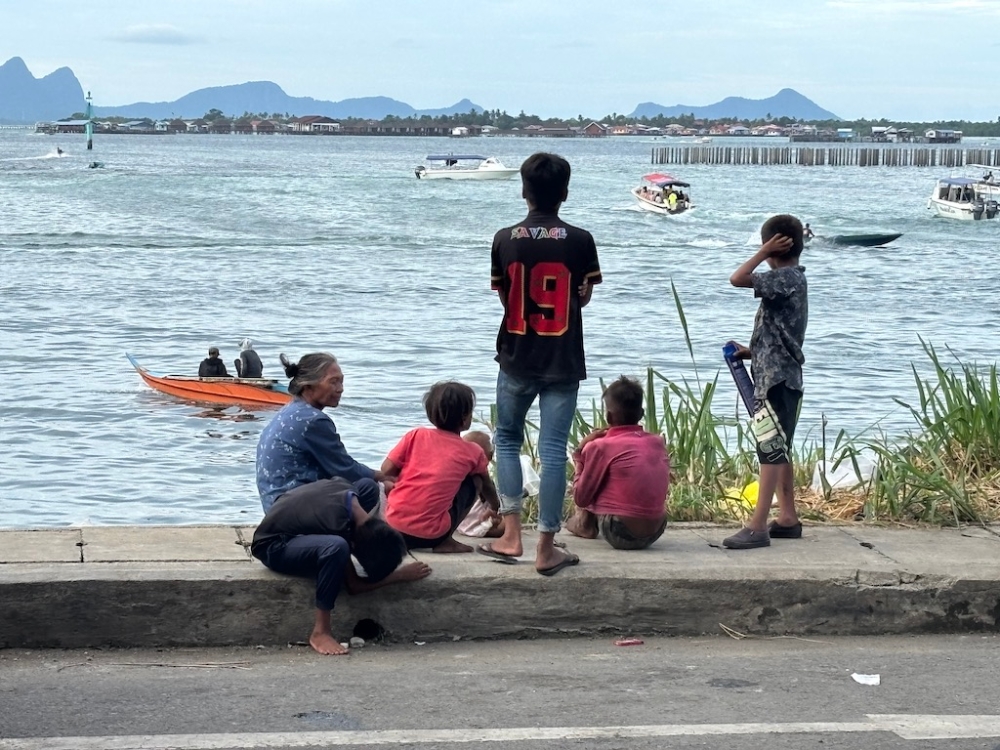
Without documents, the children of Bajau Laut parents roam around towns, looking for opportunities or begging. Some resort to sniffing glue to stave off hunger. — Picture by Julia Chan
